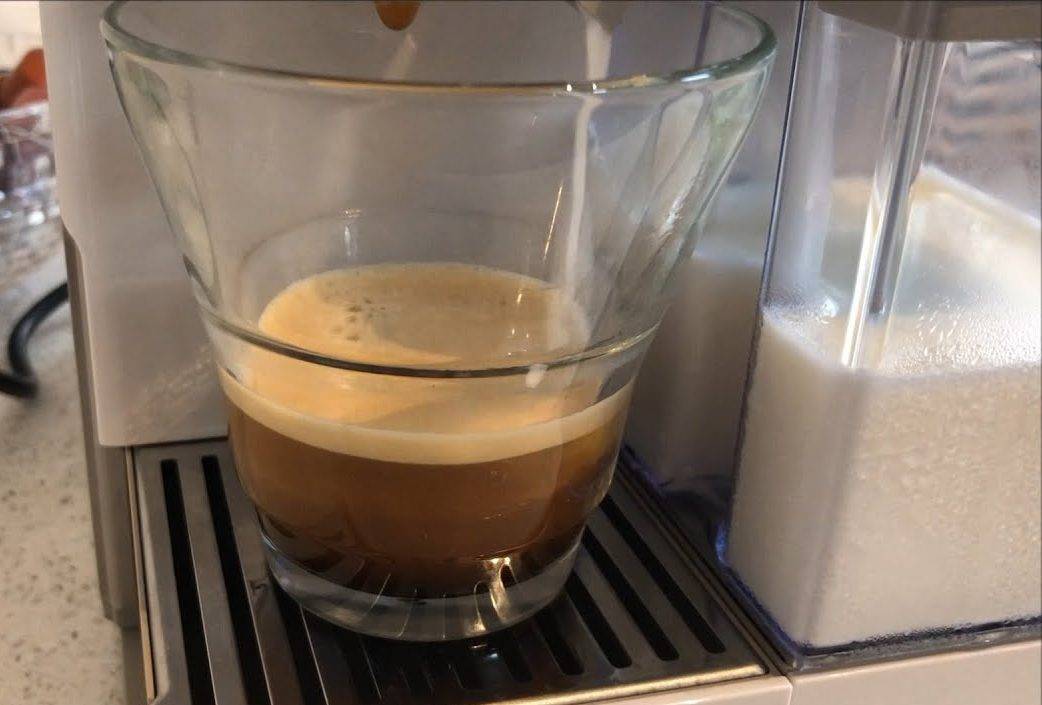If you’re having trouble getting a good cup of coffee from your Nespresso Pixie, you might want to learn how to clean your coffee machine. The first step to cleaning your coffee machine is to descale it. This process takes around 20 minutes. As hot water passes through the machine, calcium carbonate deposits on the machine. To remove these deposits, you need to descale your machine.
To clean your Nespresso, start by purchasing the descaling solution. You can purchase this solution from the manufacturer. When you have finished, empty the pods and 0.8 litre container. Then, add one packet of descaling solution and 0.5 litres of water. Then, wait for 20 to 30 minutes for the solution to work. The machine should be ready to go after that.
Afterwards, pour some baking soda in the water tank. This will help descale the machine and remove any mineral build-up. Alternatively, you can use a sanitizer or other liquid to cleanse the machine. Always ensure that you clean the unit as often as possible to ensure that it continues to run smoothly. The best thing to do is to take it out of storage and let it air dry.
To clean your Nespresso machine properly, it needs regular descaling. However, you should make sure that you don’t use strong chemicals or detergents. You should avoid submerging your machine in liquids. You should also avoid cleaning the drip tray unless you are certain it has water buildup. Then, you can remove the capsule container. When you’re done cleaning, you can dispose of the used capsules.
Although you can use lemon juice and vinegar as alternative substances for descaling your coffee machine, these alternatives have a bad smell and require a large quantity of juice. Besides, these solutions take longer and are more difficult to clean. For this reason, the best option is to purchase a sachet of descaling solution and follow the instructions in the user manual to the letter. You’ll be pleased with the results.
To descale your coffee machine, you need to empty the water tank and pods. The 0.8-litre water tank should be empty, too. Once you’ve done that, you can then add the descaling solution. Then, you can pour the 0.5-litre solution into the reservoir. Then, simply press the button on the descaling packet. Now, you’re ready to enjoy your delicious coffee from your Nespresso Pixie!
In order to clean your Nespresso machine, you need to descal it. The frequency of descaling depends on your water hardness. For example, if you live in an area with high water hardness, you should descal your machine more frequently than in areas with low water hardness. Depending on your model, you may need to do it more often or less often, depending on the type of water you have, but it’s still worth it.
If you want to keep your machine in pristine condition, you need to descal your coffee maker regularly. While you’ll need to do this regularly, it will only take 20 to 30 minutes. This process is simple and will improve your coffee’s quality and taste. You should also clean the water tank regularly. If you want to maintain your machine in pristine condition, follow these steps. You will be able to use it for many years to come.
If you want to clean your Nespresso Pixie machine, you can use baking soda. This will help to descale your machine. Generally, you should only descal your Nespresso Pixie machine if it is completely useless. It’s important to follow the instructions carefully and ensure that your coffee maker is in perfect working order. You should also keep the coffee grounds away from the coffee maker.
A Nespresso machine requires daily cleaning and descaling. It accumulates lime and calcium deposits in the machine’s spout, which affect the taste of your coffee and cause the machine to malfunction. If you want to clean your Nespresso pixie, you should remove the filter. This will prevent a buildup of sediment and ensure a smoother drink. The next step is to wipe the coffee spout with a paper clip, pipe cleaner, or a q-tip. Once the filter is clean, close the lever. Then, rinse out the dislodged particles.

